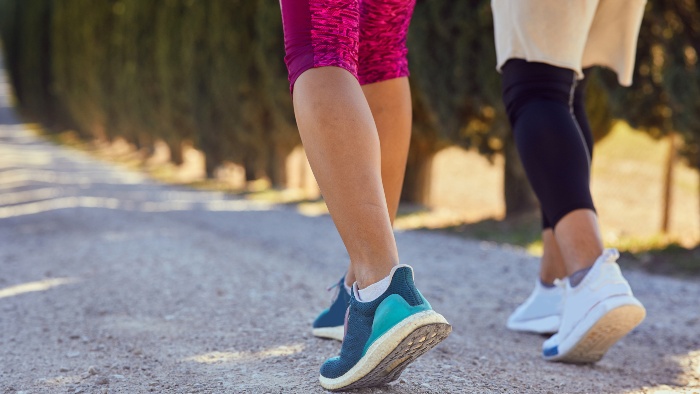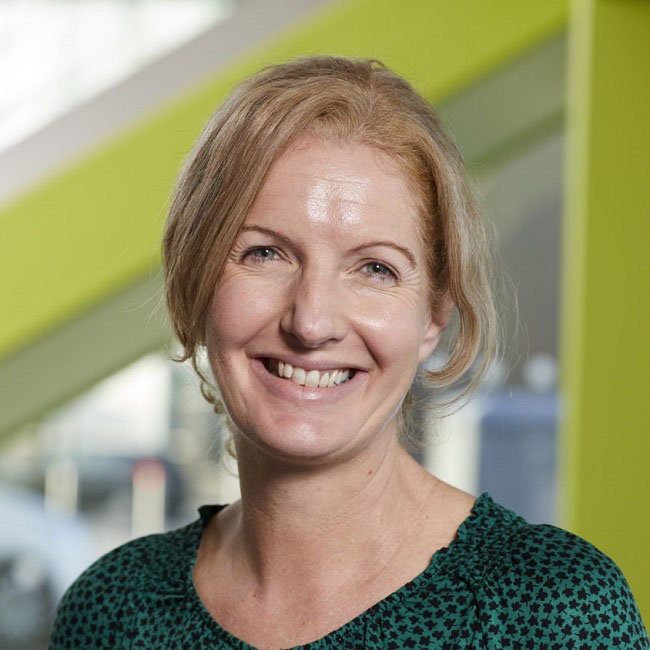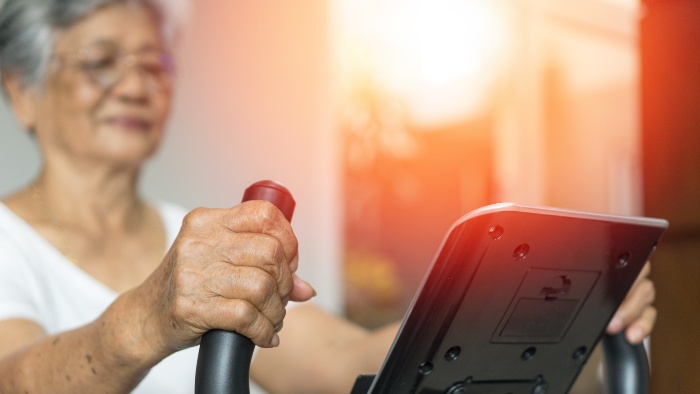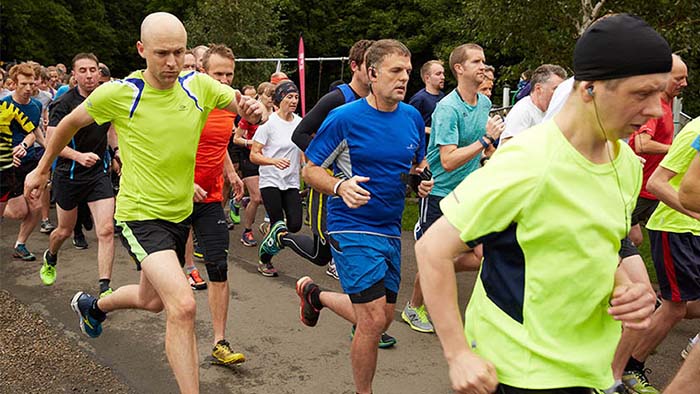
About this project
Explore the people and organisations behind this research, and find related publications by the research team.
Research team
Professor Rob Copeland Professor Jeff Breckon Dr Helen Humphreys Dr Anna Lowe Dr Sarah Scott Professor Steve Haake Dr Ben HellerResearch partners
The National Centre for Sport and Exercise Medicine University of Sheffield University of Leeds South London and Maudsley NHS Foundation Trust Sheffield Teaching Hospitals NHS Trust Sloan Medical CentreRelated courses
Our teaching is informed by research. Browse undergraduate and postgraduate courses with links to this research project, topic or team.
Get in touch
Find key contacts for enquiries about funding, partnerships, collaborations and doctoral degrees.
How our pioneering new healthcare model is helping people stay active

Staff

Professor Rob Copeland
Director of The Advanced Wellbeing Research Centre, Professor of Physical Activity and Health
Read more
About this project
Explore the people and organisations behind this research, and find related publications by the research team.
Research team
Professor Rob Copeland Professor Jeff Breckon Dr Helen Humphreys Dr Anna Lowe Dr Sarah Scott Professor Steve Haake Dr Ben HellerResearch partners
The National Centre for Sport and Exercise Medicine University of Sheffield University of Leeds South London and Maudsley NHS Foundation Trust Sheffield Teaching Hospitals NHS Trust Sloan Medical CentreRelated courses
Our teaching is informed by research. Browse undergraduate and postgraduate courses with links to this research project, topic or team.
Get in touch
Find key contacts for enquiries about funding, partnerships, collaborations and doctoral degrees.




